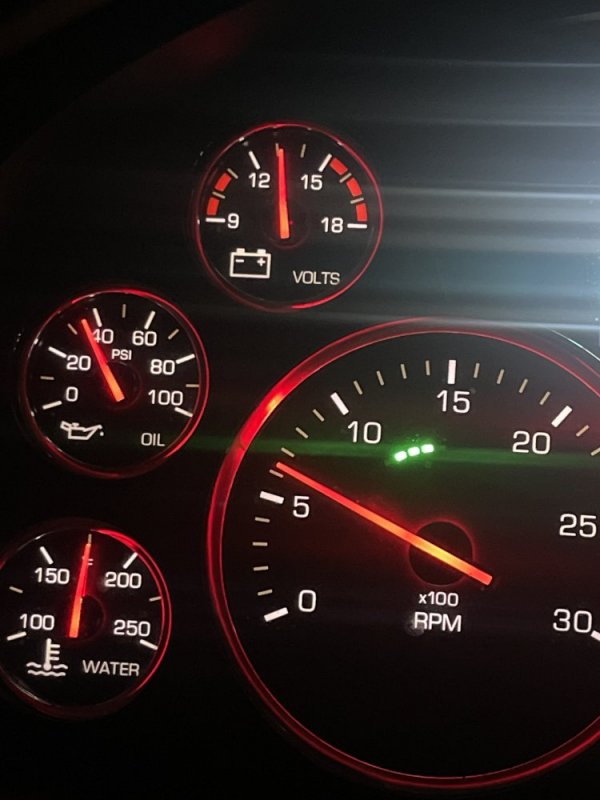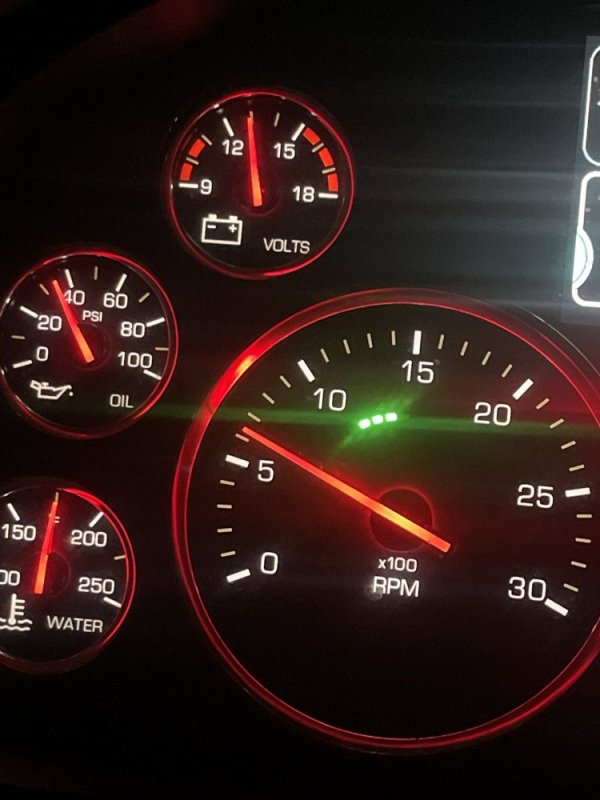Kenworth guy
New Member
- Messages
- 1
- Reaction score
- 1
Hello everyone I’m new here, I have a problem on my 2017 Kenworth T680 Batteries dies really fast I checked the alternator and measured 14.4 v
Going to check battery pack, and each battery separately, volt gauge used to show me 14.2 v now shows 13v as soon as I turn my lights on goes down to 12.8
Going to check battery pack, and each battery separately, volt gauge used to show me 14.2 v now shows 13v as soon as I turn my lights on goes down to 12.8



